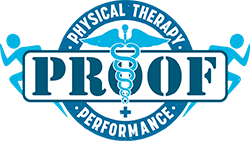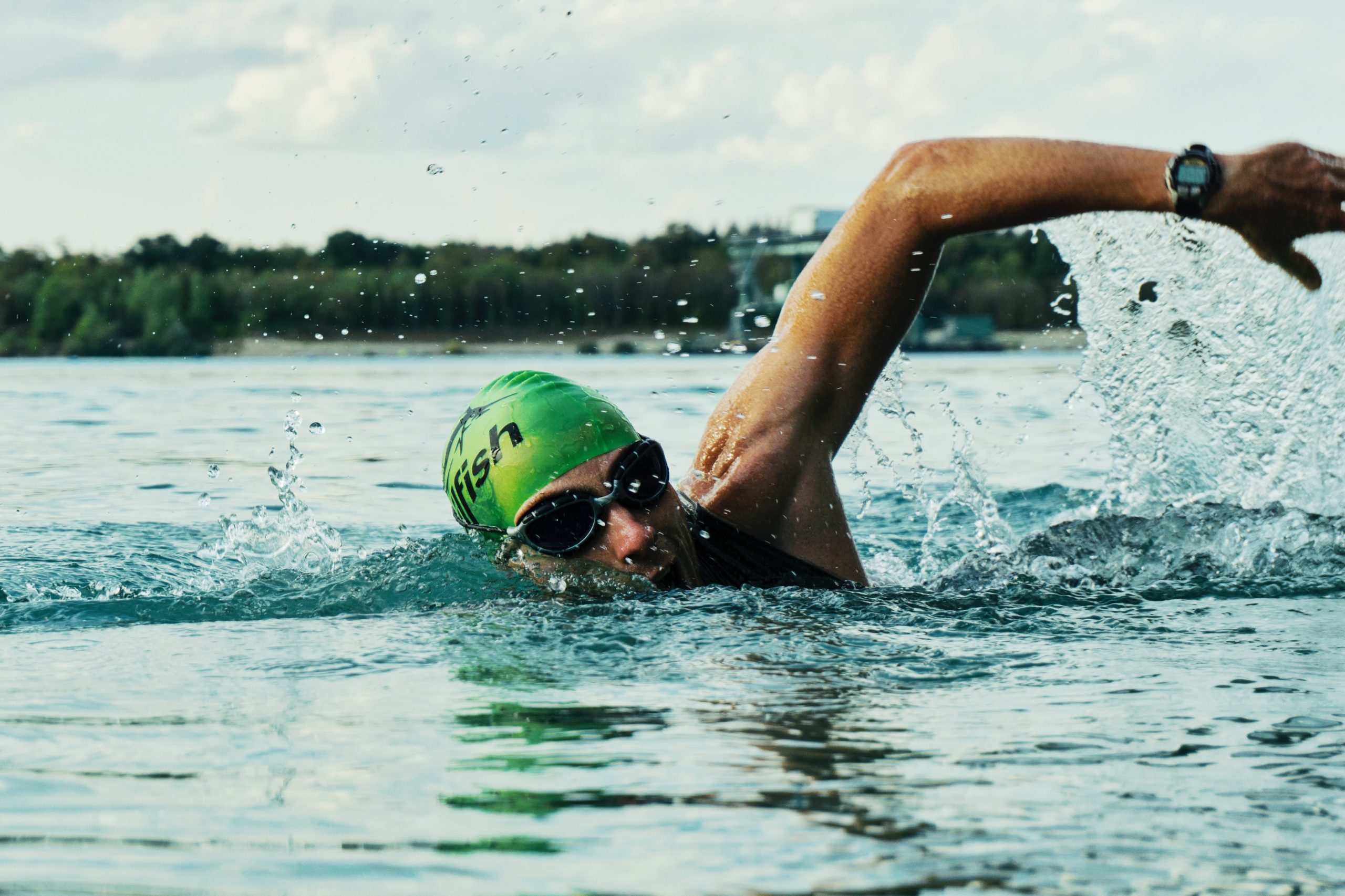Is your idea of fun doing laps back and forth in water for hours? If it is, chances are you have heard of swimmer’s shoulder, but do you know what it really is? You could have a swimmer’s shoulder if you are training for the Olympics, preparing for your local triathlon, or even if you are just swimming with your master’s group in the morning.
What is swimmers’ shoulder?
Let’s start with the anatomy of the shoulder region. The shoulder is made up of the humerus (upper arm bone) clavicle (collar bone), the sternum (breastbone), and the scapula (shoulder blade).
When you swing your arm up over the top of your head in a forward motion, you are engaging your rotator cuff muscles to get the arm moving. If we take a more in depth look at this motion, the muscle below the joint with the scapula and the collar bone has to move through a very small space. Although you have a small sac of fluid, called a bursa, there to protect the muscle, sometimes it can get pinched during repetitive motions. Swimming is much more of a forward shoulder motion and so the muscles in the front of your shoulder actually get stronger. When these get stronger compared to the shoulder muscles on the back side, it tends to cause that small space to be narrower because of the positioning. The repetitive motion can then actually rub your shoulder muscle underneath the top of your arm bone since there is less space for it to move through.
When this happens, it is kind of like having a little bit of an itch on your skin, that you start scratching over and over. At first it doesn’t hurt much, you might not even notice it, but then after a while of hard scratching it starts to get really painful. That is a similar concept to what typically causes the pain from swimmers’ shoulder.
So, what can you do about it?
The first thing that you can do is change some of your biomechanics when you’re swimming. If your normal shoulder position is rounded forward, and then you try reaching forward, this can increase the risk of pinching that muscle. If you hold that shoulder back a little bit in a better posture, this will open up that space and decreases your shoulder irritation by decreasing the rubbing that happens. This will also allow for a larger stroke, and maybe some improvements in your skill.
The second thing that you can do is a 2 simple exercises.
-Shoulder T’s: With your arms out straight in front of you, bring your arms out to the side, squeezing your shoulder blades together. This should give you a good stretch in your chest area. If you have a foam roller you can lay it lengthwise down your back and lie on it, doing the same motion, to get a bigger stretch and also increase upper back mobility.
-Wall Angels: Stand up against a wall and do the motion of making a snow angel. Try to keep your pinky fingers touching the wall during the whole motion. Try to go as high and as low as you can each time, to get all those muscles stretched out. At the low point, squeeze your shoulder blades together.
If you do those 2 exercises daily (3 sets of 15 reps) this will definitely decrease some of the pain in your shoulders while you’re swimming. It may not be noticeable right away, but stick with it each day and you should see progress. If you tried these exercises and found some help, let us know. If you are still struggling to become pain free, give us a call and let us help you get there.
-Dr. Jordan


0 Comments